The Rise of Lottery Mining: Modern Solo Bitcoin Miners and the Return of True Decentralization
A New Wave of Solo Mining
Solo mining, often called “lottery mining,” is experiencing a quiet revival in the Bitcoin world. While most of the network’s hash power is controlled by massive data centers, a growing group of enthusiasts has rediscovered the thrill of mining alone without pools, without intermediaries, and with one simple goal: to hit a full block reward entirely by luck and persistence.
In solo mining, every hash is a lottery ticket. The odds are astronomically low, but not zero and that possibility is what fuels this subculture. Each hash gives miners a chance to claim the entire 3.125 BTC block reward (plus transaction fees) directly to their wallet.
It’s a mix of old-school spirit, technical challenge, and pure excitement. For many Bitcoin fans, solo mining represents something more meaningful than profit it’s participation in Bitcoin’s original decentralized ethos.
Why People Love the “Lottery” Approach
Solo mining appeals to people who see Bitcoin not just as an investment but as an adventure. In an era of industrial-scale farms, the lottery miner embodies the freedom to participate independently.
The logic is simple: you’re competing directly with the network. You won’t get small, frequent payouts like in pool mining but if your miner solves a block, you keep everything.
That slim chance, even 1 in a billion, gives hobbyists a sense of anticipation that no pool can match. Each time their miner hashes, it’s like flipping a cosmic coin and one lucky flip can change everything.
Modern Lottery Miners: Compact, Efficient, and Open
Today’s lottery miners look nothing like the loud, power-hungry ASICs of the past. Instead, they are small, quiet, and energy-efficient devices purpose-built for enthusiasts who want to solo mine from home or their office without running up huge power bills.
Here are some of the top models embraced by the solo-mining community today compact machines that bring serious engineering to the smallest end of Bitcoin mining.
1. NerdQaxe+ Smart, Open, and Community-Driven
The NerdQaxe+ by Bitronics is one of the most exciting innovations in modern solo mining.
Built with four BM1368 ASIC chips, it delivers around 2.5 TH/s while consuming just 50–55 W. That’s an efficiency rating of roughly 17.5 J/TH, putting it among the most efficient compact miners ever made.
What makes it unique is its open-source firmware and OLED display that shows live hashrate and temperature. Users can easily modify or upgrade the firmware, overclock safely, and even share performance profiles with the community.
The NerdQaxe+ perfectly represents the DIY and experimental spirit of lottery mining — it’s not about maximizing profit; it’s about tinkering, testing, and being part of the network.
2. Bitaxe Gamma 601 — The People’s Terahash
The Bitaxe Gamma 601 has become a cult favorite for hobby miners.
It offers around 1.2 TH/s of power at only 17–18 W, achieving an incredible 15 J/TH efficiency. It’s powered by a BM1370 ASIC chip, built on an open-source design, and connects seamlessly over Wi-Fi.
One of the standout features is its quiet operation the Gamma runs cool enough to sit on a desk or shelf, making it ideal for continuous operation at home.
Users also love that it’s fully open hardware, meaning you can inspect, modify, and even build your own version.
The Gamma 601 shows how far personal mining has evolved it’s simple, affordable, and almost silent, yet still capable of competing for real Bitcoin blocks.
3. Bitaxe Supra Hex 701 More Hash, Same Spirit
For miners who want a bigger “ticket” in the Bitcoin lottery, the Bitaxe Supra Hex 701 steps up the power without sacrificing the small-scale spirit.
It’s built with six ASIC chips, pushing around 4.2 TH/s at roughly 90 W. That’s still far below the energy draw of a full-size ASIC, yet provides three times the hashrate of the smaller Gamma model.
The Supra Hex is the bridge between hobbyist and semi-professional gear it’s strong enough to give you a more realistic chance of hitting a block, but compact and efficient enough to run on a small PSU at home.
Like the other Bitaxe units, it features Wi-Fi, an onboard OLED status display, and full open-source firmware. Many users customize their firmware or even print their own 3D cases to match their setups.
4. Canaan Avalon Mini 3 Power in a Compact Frame
Canaan’s Avalon Mini 3 takes a different approach: it’s a compact version of the industrial Avalon line, designed for small-scale miners who still want strong performance.
The Mini 3 delivers around 37.5 TH/s at roughly 800 W powerful for its size but still manageable for residential use.
It’s known for its stability and reliability, two qualities that matter when you’re hashing 24/7 in hopes of hitting a block.
While heavier than open-source DIY miners, the Avalon Mini 3 is a proven, plug-and-play solution that combines performance with simplicity. Many solo miners use it as their “main” machine while smaller USB or Bitaxe units run alongside as auxiliary hash contributors.
5. ElphaPex DG Home 1 Quiet Efficiency Across Algorithms
The ElphaPex DG Home 1 stands out because it’s designed for Scrypt mining (Dogecoin and Litecoin) but is often used in flexible setups including via NiceHash to point its hash power toward Bitcoin.
It runs at around 2.1 GH/s (Scrypt) while consuming roughly 630 W, and it’s known for its quiet cooling and low-maintenance design.
For Bitcoin lottery miners, the DG Home 1 represents a crossover option a quiet, efficient miner that can operate across multiple coins or serve as a secondary “fun” rig. It embodies the multi-chain, experimental side of the mining community that keeps innovation alive.
Why These Miners Matter
All of these machines share a few key qualities that define the new era of lottery mining:
-
Low power consumption – They’re energy-efficient enough to run at home 24/7.
-
Open-source design – Many allow firmware customization and performance tuning.
-
Quiet operation – No more warehouse-level noise; they fit comfortably in small spaces.
-
Decentralization – Each miner, no matter how small, contributes to Bitcoin’s distributed hash power.
Most importantly, these devices keep the dream alive the idea that anyone, anywhere, can still participate in securing Bitcoin and potentially hit the jackpot block.
Real Success Stories: Luck Meets Dedication
Across mining forums and subreddits, there are authentic reports of small miners discovering blocks entirely on their own. These are rare events, but they do happen and when they do, they become legend.
Some of these lucky miners used small-scale rigs running at just a few terahashes per second, competing against the global network of hundreds of exahashes. Yet, through pure probability, their device found the valid block first and earned the full block reward.
Each story reminds the community that Bitcoin is still open that no matter how big the industry gets, luck and decentralization still exist at the core of mining.
The Future of Home and Hobby Mining
With the rise of efficient, open-source miners like the NerdQaxe and Bitaxe series, solo mining is more accessible than ever.
These miners turn what used to be an industrial process into a personal hobby a chance for enthusiasts to participate, learn, and maybe get lucky.
Even if most never hit a block, they still play a meaningful role in Bitcoin’s ecosystem by supporting diversity in hash power. And when someone does find that elusive block, it proves once again that the network truly belongs to everyone.
In the end, lottery mining isn’t about luck alone it’s about passion, curiosity, and the joy of being part of something bigger than yourself.


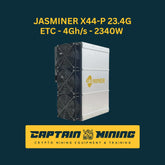
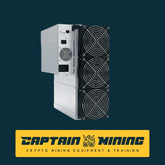
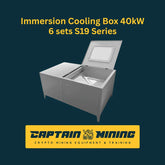
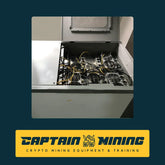

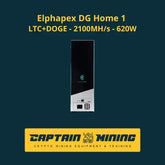
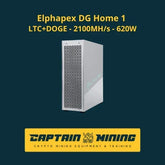
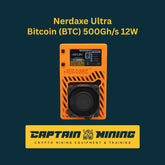
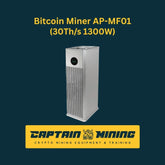
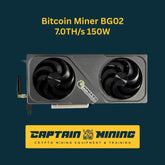
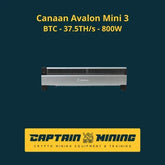
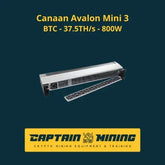
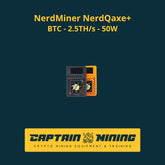
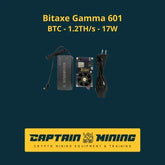
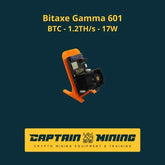
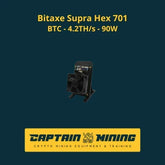
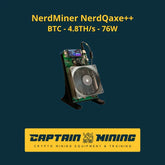
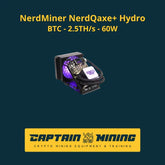
Laisser un commentaire
Veuillez noter que les commentaires doivent être approuvés avant publication.